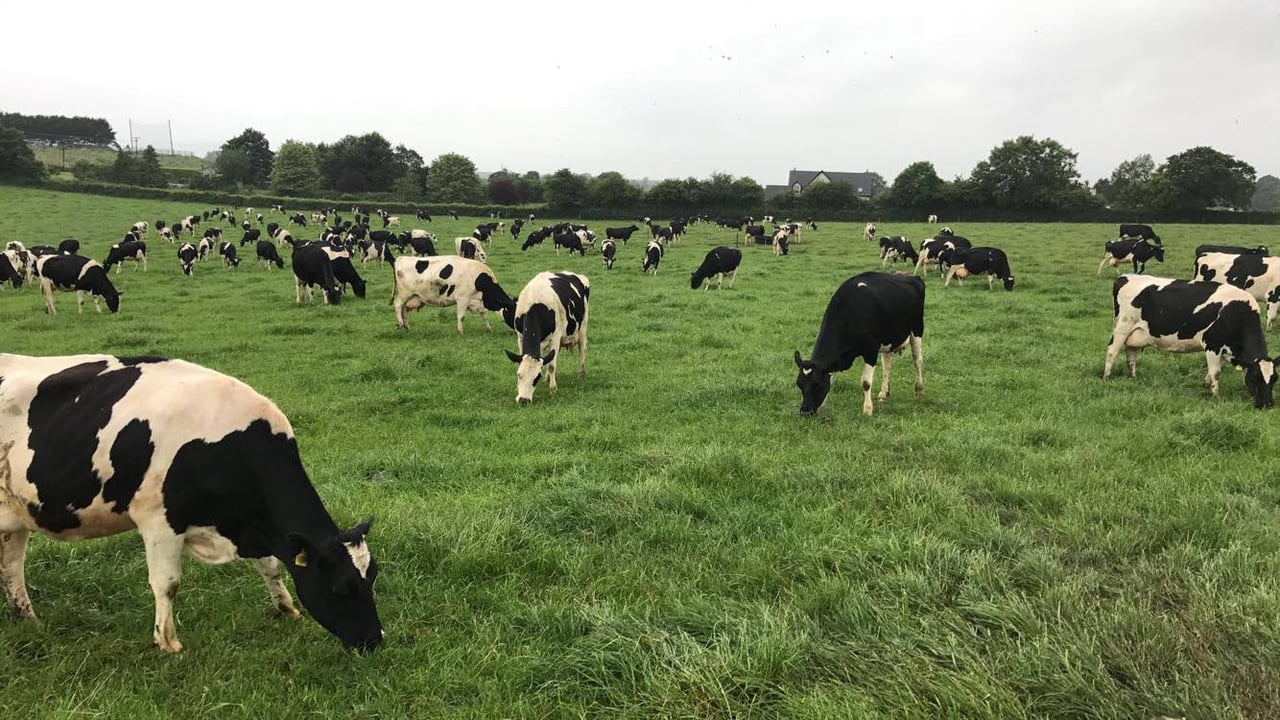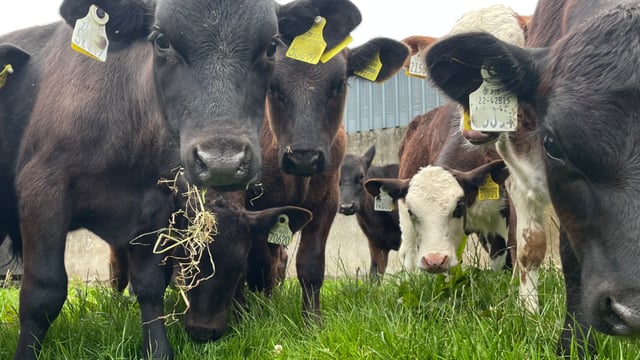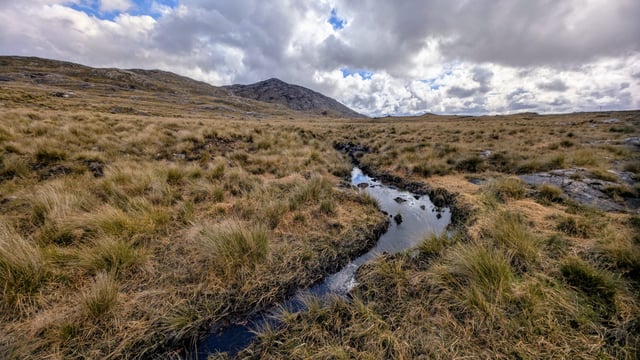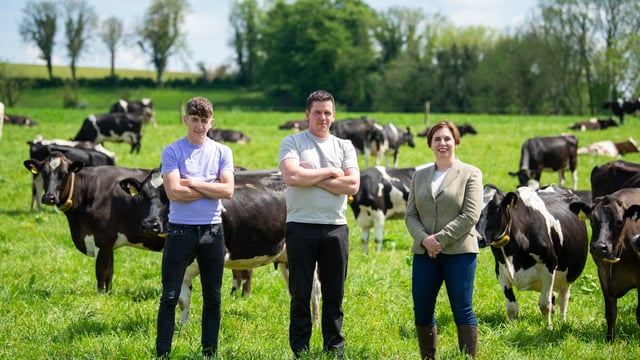Grass, clover, and lime management into second half of the year
We are now into the second half of the year, which means in terms of grass and clover management, our actions need to alter ever so slightly.
Grass growth for most of the country seems to be strong, with high soil temperatures and adequate moisture in the soil for most parts.
However, the south and south-east of the country seem to be struggling the most with grass growth, with reports suggesting that farmers could do with a lot of rain - this was evident in the fields of Moorepark at the Teagasc Dairy Open Day last Wednesday.
However, all farmers need to keep up to date with their nutrient applications, analyse their allowances, manage clover and potential related issues, and get lime out on paddocks that require it.
Grass growth last week averaged at 65kg dry matter (DM)/ha with a demand of 55kg DM/ha, meaning that average farm covers (AFC) on farms is only going to increase.
Pre-grazing yields are still too high at 1,561kg DM/ha, which will affect protein content of the milk, leading to poor residuals, as well as re-growth response.
The typical diet is 15.5kg of grass with 3.5kg of meal, which is high considering the grass ahead of cows on most farms. The extra meal being fed is possibly adding to these higher pre-grazing yields, and poor residuals.
Farmers should try and allocate at least 18-19kg of grass in the cow's diet at current growth rates and then try to reduce meal feeding gradually without impacting on performance.
According to PastureBase Ireland, 84% of farms have or will have surplus grass. At higher meal feeding rates of 4-6kg, the meal will displace about 0.5kg of grass DM grass for every 2kg increase in meal fed.
Rotation length at current growth rates must be held at 20-21 days while holding AFC at 160 to 200kg DM/livestock unit (LU).
For those in the south of the country that are experiencing poor growth rates due to soil moisture deficits at growth rates of 50kg DM/ha, make an effort increase the rotation length to 26-27 days.
As of July 1, it is recommended to have a minimum of 50 units/ac (62kg/ha) of chemical N on farm for farms with an allowance of 212kg of chemical N/ha.
Although not building covers yet, farmers should be thinking about keeping fertiliser for August to build covers for next spring.
Farmers should try and keep a minimum of 30 units/ac of chemical N left to spread across the farm from the start of Augustto have good covers for the final rotation.
Clover seems to have taken off in the last number of weeks due to high soil temperatures and the reduced amount of N being applied to grass/clover swards.
Farmers should continue applying 2,000gal/ac of dairy washings on paddocks with a 20-25% clover content.
Grass clover swards pose a threat at this time of the year, as the risk of bloat is very high, so farmers should try and avoid moving cows from grass paddocks to high clover content paddocks if at all possible.
The post-grazing sward height should be kept at 4-4.5cm. Identify high risk paddocks and monitor cows closely when they are grazing those paddocks during the high risk period.
In order to reduce the risk of bloat occurring, farmers need to be consistent, reemploy the strip wire when allocating grass, use bloat oil, include fibre in the diet, and manage the grazing group to avoid gorging.
Current figures show that Ireland is only applying 50% of the national lime requirements, with 80-85% of our soils testing sub-optimal for major nutrients, such as soil pH, phosphorus (P), and potassium (K).
Studies show that we can double our N efficiency by correcting soil fertility and reducing fertiliser N use, which in turn leads to reduced costs.
Spreading lime has one of the quickest returns on investment across any measure taken on farms. For every €1 invested, it will return €4-€7 in the form of extra grass growth, reduced N usage, and increased soil fertility.
Liming acidic soils increases grass production by 1.0t DM/ha, which is valued at €180/t DM on dairy farms – an application 5t/ha/year costs €25/ha/year over five years.
Now that many farmers are experiencing a grass surplus, if this grass is cut for bales, it might provide an opportuntiy to start applying lime.
Lime can also be applied after second-cut silage when the sward is clean and before the grass is cut or utilised.
Even if paddocks on the farm have been grazed down tight and need a fix of lime, you should consider getting it spread and avoid spreading on high covers of over 800kg DM/ha.
This should be avoided, as it can lead to lime residues remaining on the grass when cows get back around to graze it.
Lime should be applied 'little but often' without exceeding 5t/ha in a single application.
Applying a split application of 2.5t/ha over a number of years will allow you to build soil pH in stages over time.





